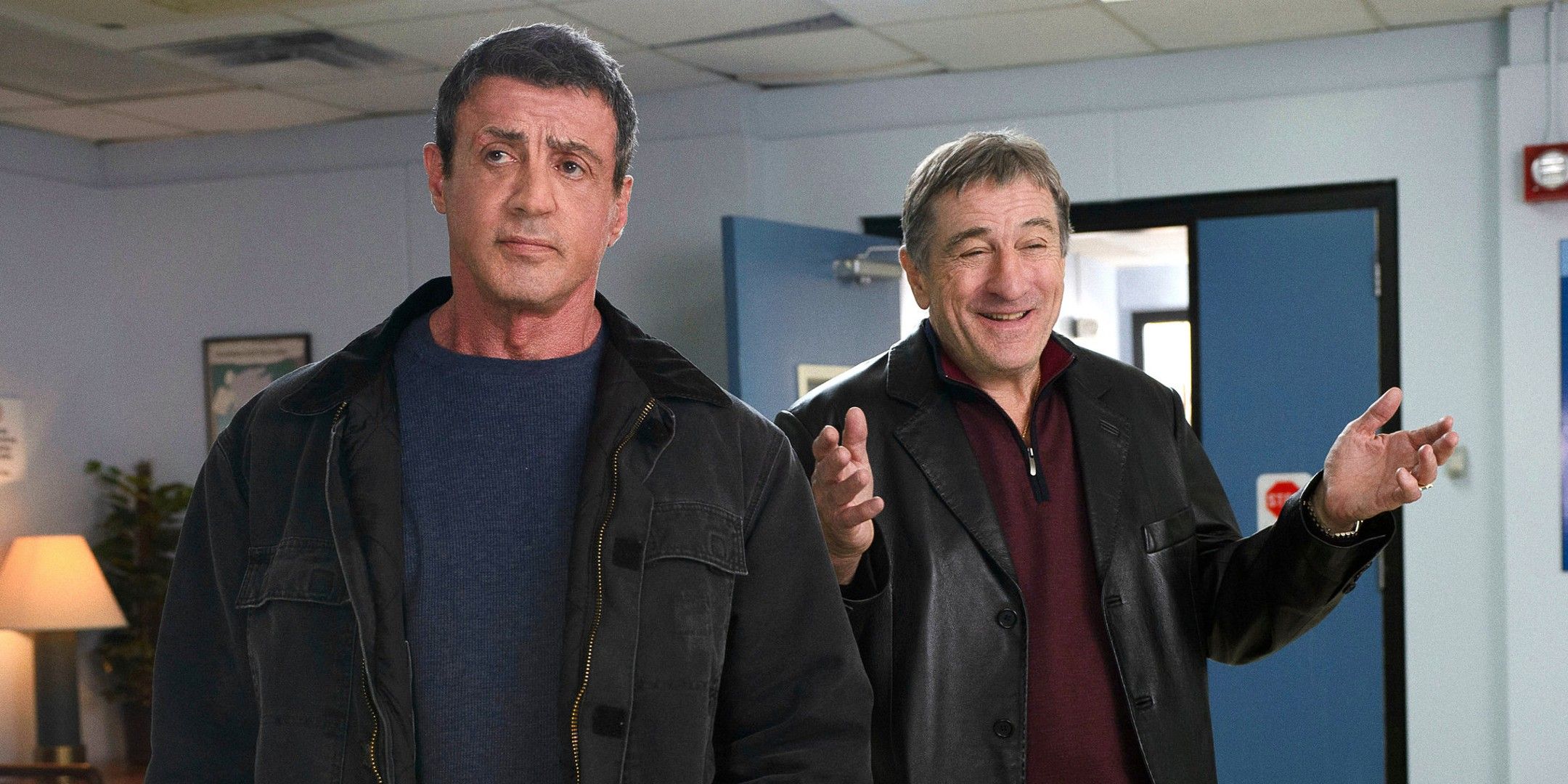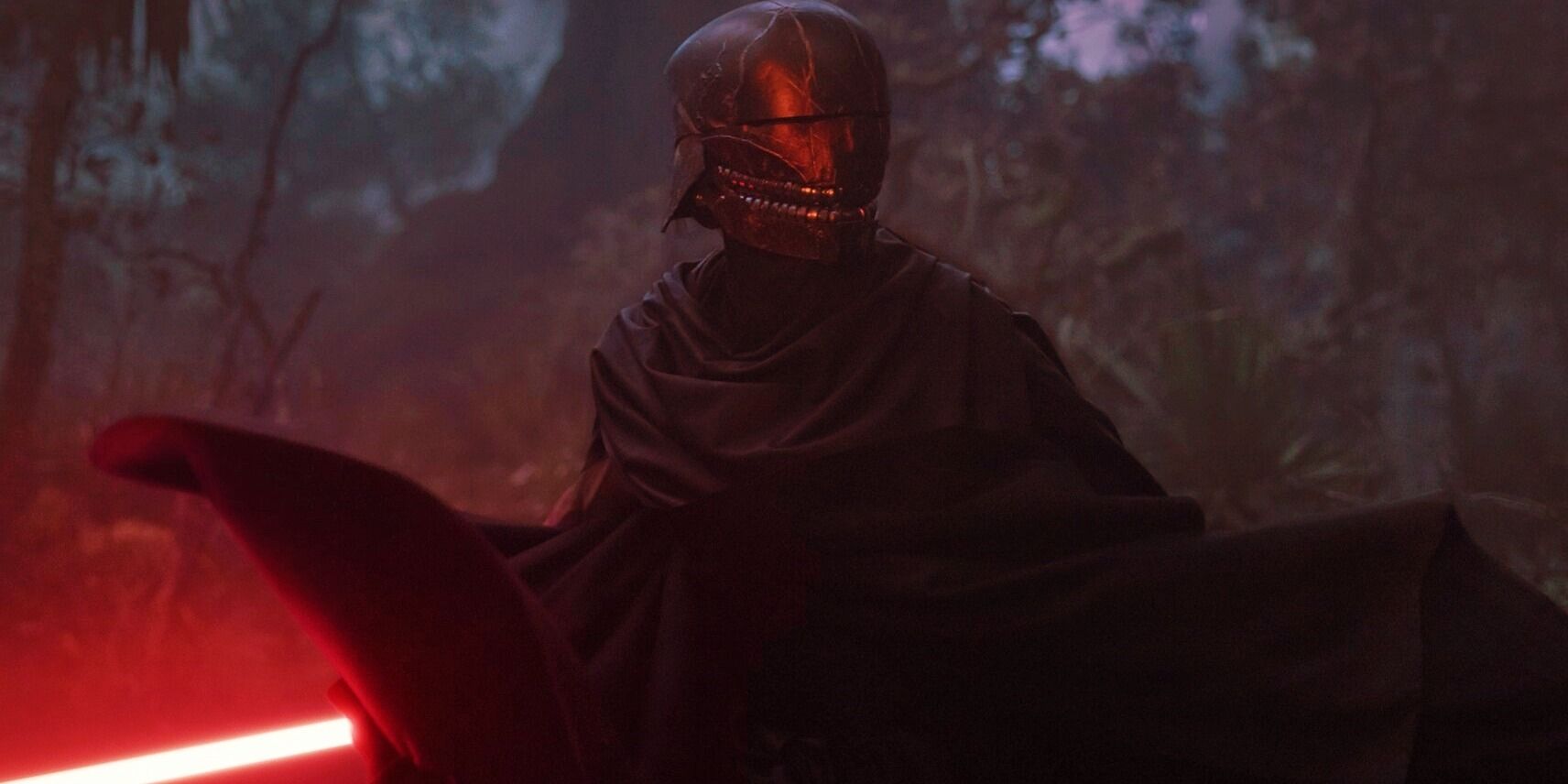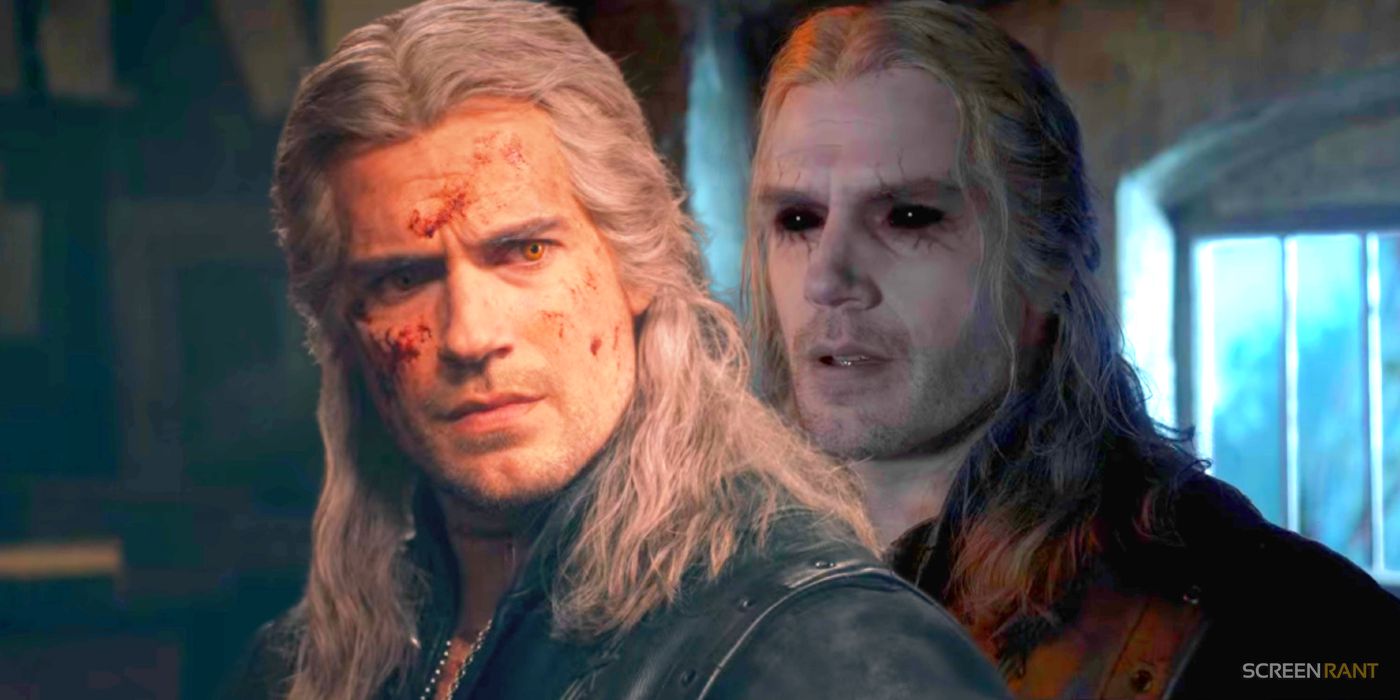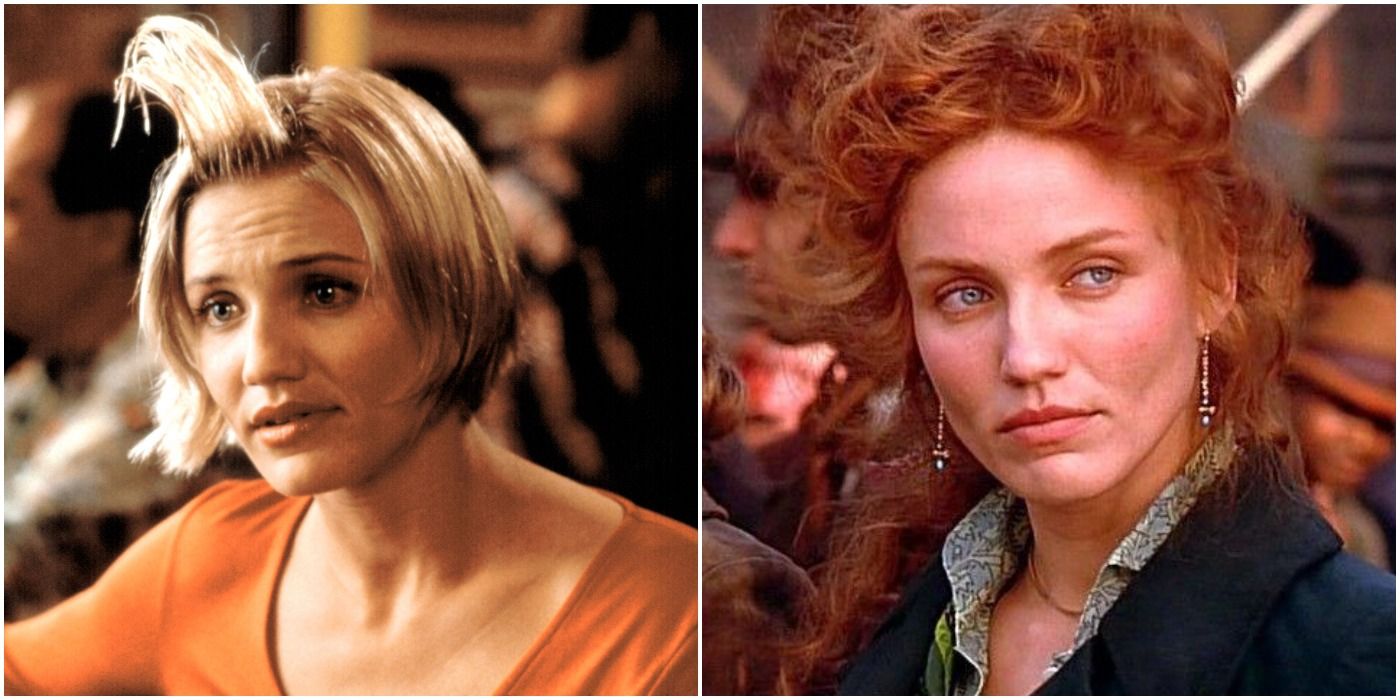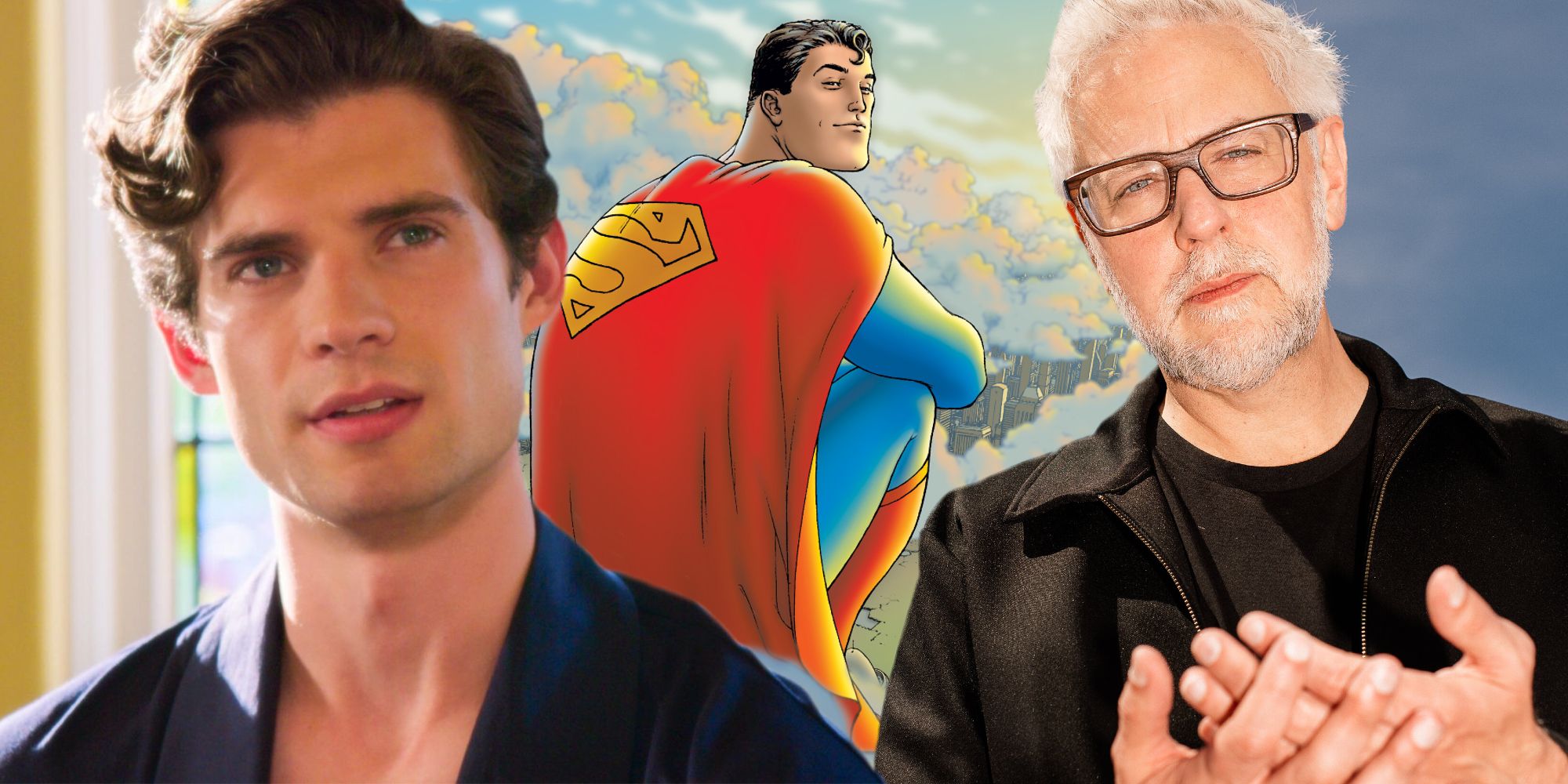The Terminator series may require some serious creative overhaul, but unfortunately, it’s too late for the once-iconic sci-fi franchise to return to its gritty slasher movie roots. Since the release of 1992’s classic Terminator 2: Judgement Day, the Terminator movies have fallen out of favor with critics. Despite hiring the likes of The Babysitter’s McG and Deadpool’s Tim Miller, the movies have failed to recapture the intense action and economic storytelling of James Cameron’s original one-two punch.
The 1984 original movie was an intense, dark sci-fi horror that followed one woman’s attempts to elude an unstoppable android assassin, and the critically acclaimed hard-R film was conceived as a result of Cameron’s fever-induced nightmare. However, the series has since strayed far from this initial inspiration, growing gradually larger in scope and more action-oriented over the decades as well as softening the image of its once-fearsome villain.
It’s been suggested that to reboot the franchise and win back fans The Terminator series must return to its horror movie roots, but it’s too late for this transformation to be a viable option. Since the sequel turned Arnie’s monotone robot into a hero rather than a villain, the Terminator has been a good guy and ally to the series’s protagonists for too long. As such, it’s unlikely that contemporary audiences would be able to view him as a terrifying villain again, particularly after the film’s subsequent sequels expanded the scope of the franchise’s action.
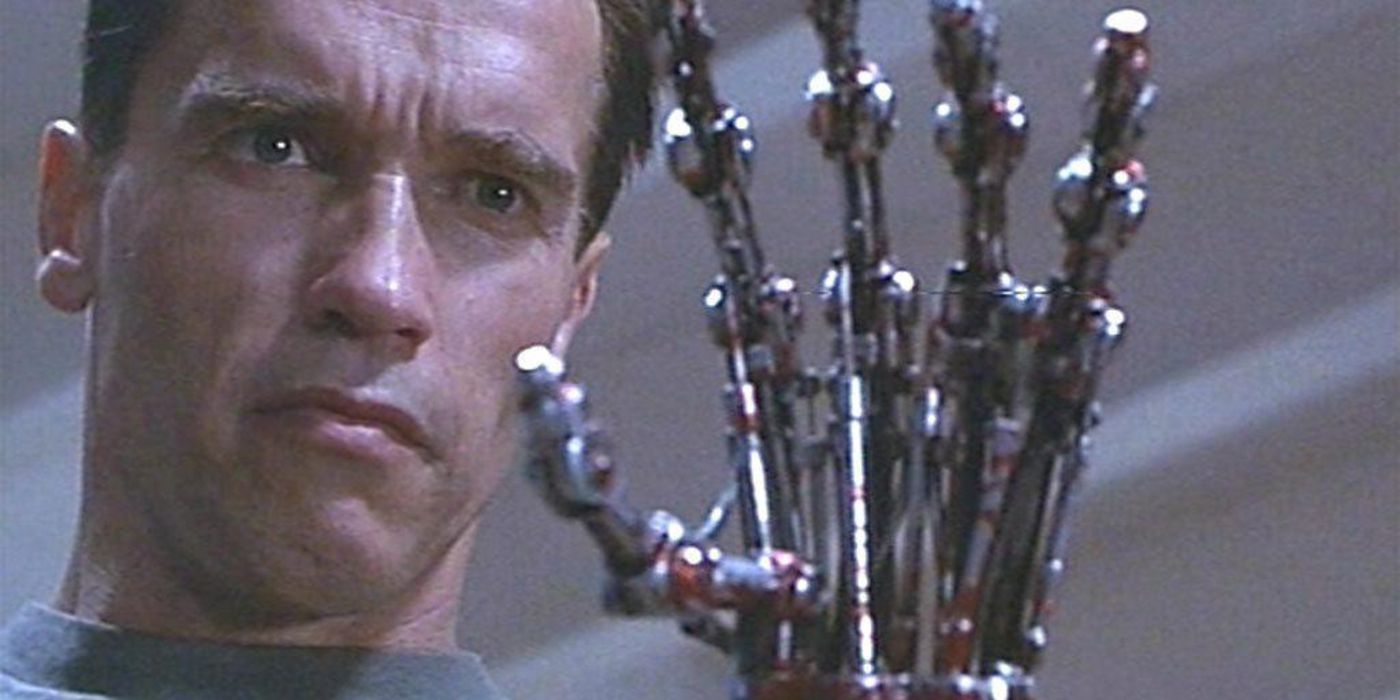
Where the first Terminator was a grimy, small-scale chase movie, the sequel abandoned this “sci-fi infused slasher” tone in favor of a bigger, louder action movie. The change is similar to Cameron’s approach when making Aliens, another action-oriented sequel that made the original less scary in retrospect. It’s hard to worry about Ripley’s struggles with one lone xenomorph when viewers have seen her take on the Alien Queen and mow down an entire hive of the HR Giger inspired monsters. It’s equally difficult to make one Terminator the focus of a horror movie when the third installment in the series closed with the literal end of life of Earth.
The Terminator sequels became too large in scope to function as horror movies, and as such, it would be impossible to return to their claustrophobic horror origins. This issue is evidenced in the uneven tone of McG’s Terminator: Salvation, a Schwarzenegger-free installment which attempted to return to the gritty tone of the first film, but became bogged down by standard-issue action-movie heroics and a sanitized PG-13 rating. Salvation was wise to leave out Schwarzenegger’s character to be taken more seriously, as audiences have seen the original Terminator spoofed so many times he’s hard to take seriously.
But the loss of Salvation’s original uber-bleak ending and its darker director’s cut proves that the franchise can’t go back to being a brutal slasher series, as audiences now expect huge-scale action set pieces that preclude the suspense required by horror and have begun to expect a lighter, more action-oriented tone from The Terminator movies despite their origins as an intense and unsparingly bleak horror franchise.
